The System BIOS
The System BIOS
Right, let's dig into the System BIOS a little, which is standard Phoenix. We'll address the more important sections.
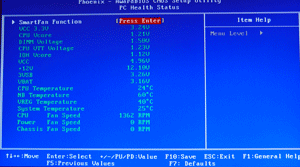
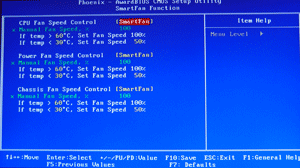
In a chart below we'll show you all the BIOS functions and tolerances. Here you can see PC Health status. All temps and rotations are displayed nicely. To the right you can see that the fans can be controlled on RPM automatically or set manually to your preference. I very much like manual FAN RPM control from within the BIOS as it enables you to run the system without additional fan controller(s) somewhere else in the system.
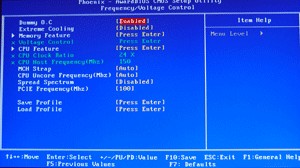
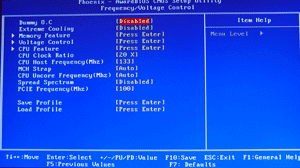
The frequency control menu is probably the place where you'll spend the most time. For an easy overclock hit the Dummy OC function. It will enable a 150 MHz QPI x 24 multiplier = 3600 MHz instantly. The BIOS will select voltages automatically. Handy really. Apply some proper cooling and pretty much any Core i7 including the cheapest i7 920 should do this frequency just fine.
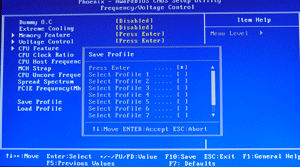
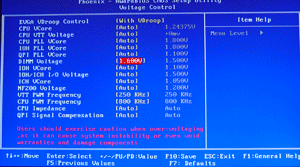
If you go manual on your overclock, nothing is more handy than saving profiles of your OC configuration. As such you can create, save and load up seven profiles. To the left a quick overview of voltage selection. Get proper memory guys, it's very important for overclocking and tweaking sessions.
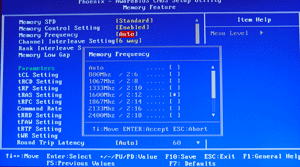
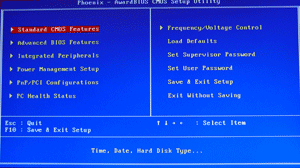
Here are the two last screenshots, check out selectable memory frequencies 800, 1067, 1333, 1600, 1867, 2133, 2400, 2667, 2933 ... you can go nuts man.
Okay, I'd like to close the chapter System BIOS now, below an overview of BIOS functions, increments and selections.
| VGA X58 Classified | |
| DDR3 Memory Speed | 800, 1067, 1333, 1600, 1867, 2133, 2400, 2667, 2933 Frequency Ratios |
| PCIe Speeds | Auto, 100MHz - 140MHz in 1MHz increments |
| Core Voltage | Auto, 1.00V to 2.24V in 0.00625V increments |
| CPU Vdroop Compensation | Enabled, Disabled |
| CPU Clock Multiplier | All available multipliers supported, processor dependant of course |
| DDR3 DRAM Voltage | Auto, 0.70V ~ 3.39V in 10mV increments, 1.50V standard |
| DRAM Timing Control | tCL, tRCD, tRP, tRAS, + 17 additional timings + Chipset Configuration |
| DRAM Command Rate | Auto, 1T, 2T |
| IOH Voltage | 1.10V - 1.875V in 25mV increments |
| ICH Voltage | Auto, 1.05V ~ 1.825V in 25mV increments |
| CPU VTT (Uncore) Voltage | Auto, 1.17V ~ 2.17V in 25mV increments |
| CPU PLL Voltage | Auto, 0.60V ~ 2.70V in 75mV increments, 1.80V Base |
| IOH PLL Vcore | Auto, 0.60V ~ 2.70V in 75mV increments, 1.80V Base |
| QPI PLL Vcore | Auto, 1.10V ~ 1.875V in 25mV increments, 1.10V Base |
| IOH/ICH Voltage | Auto, 1.50V ~ 2.275V in 25mV increments, 1.50V Base |
| NF200 Voltage | Auto, 0.70v~1.075V in 125mV increments, then 1.20V~2.70V in 25mV increments. 1.20V Base |
| Fan Control | Full Fan speed Control Via BIOS |
